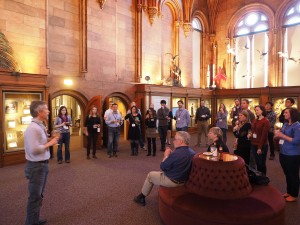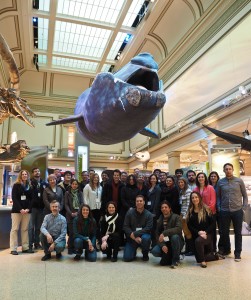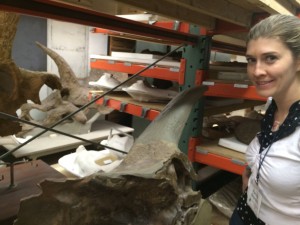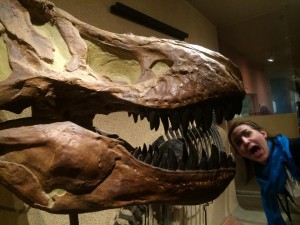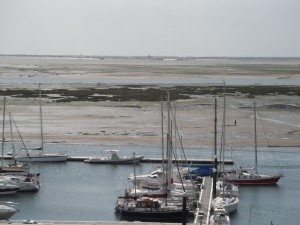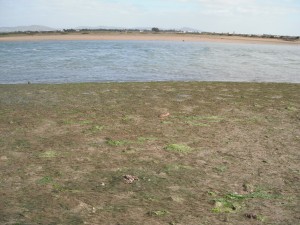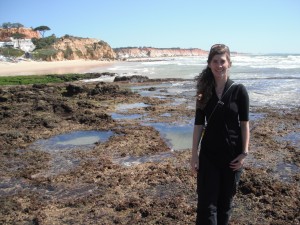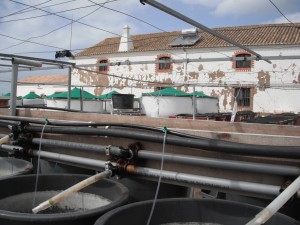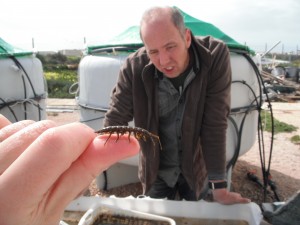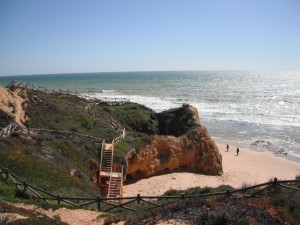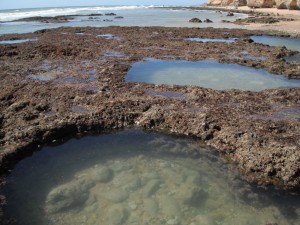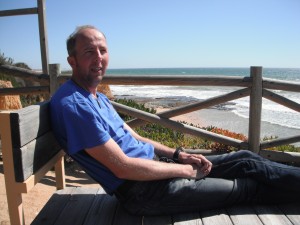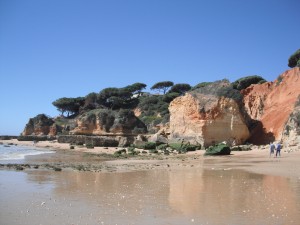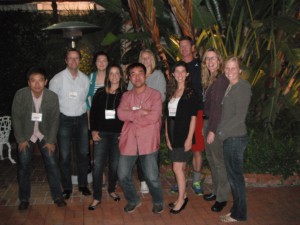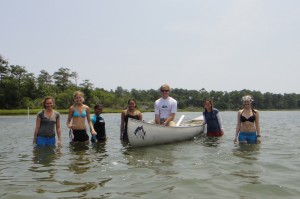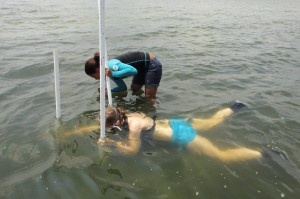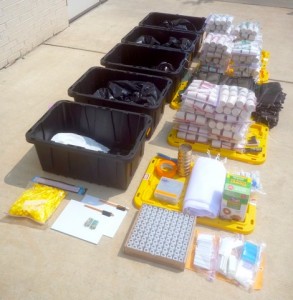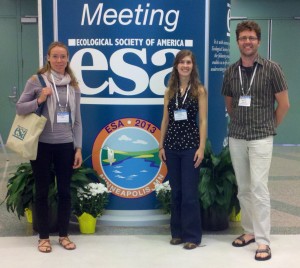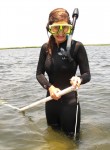ZEN now on Facebook and Flickr!
ZEN has entered a new phase of digital existence with its own Facebook page and Flickr group. Check us out and give us a like!
A ZEN conference at the Smithsonian
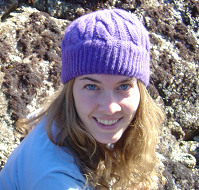 by Pamela Reynolds (ZEN postdoc and coordinator)
by Pamela Reynolds (ZEN postdoc and coordinator)
This month ZEN partners from across the globe gathered in Washington DC at the Smithsonian’s Museum of Natural History to discuss their research and new directions for the ZEN program. The meeting combined a symposium, which reported research completed during the first generation of ZEN (2011 – 2013), with an interactive workshop to plan for ZEN 2 (2014 – 2016). Returning and new ZEN partners, including site PIs, postdocs, and graduate and undergraduate students attended the meeting. Partners presented talks and posters throughout the 4-day conference. The research primarily focused on comparative community and functional ecology of eelgrass ecosystems, including interactions between bottom-up and top-down forcing, and links between biodiversity—at genetic, taxonomic, and functional levels—and ecosystem processes. The meeting was a great opportunity to engage in person with the diverse assemblage of seagrass biologists and ecologists within the ZEN network.
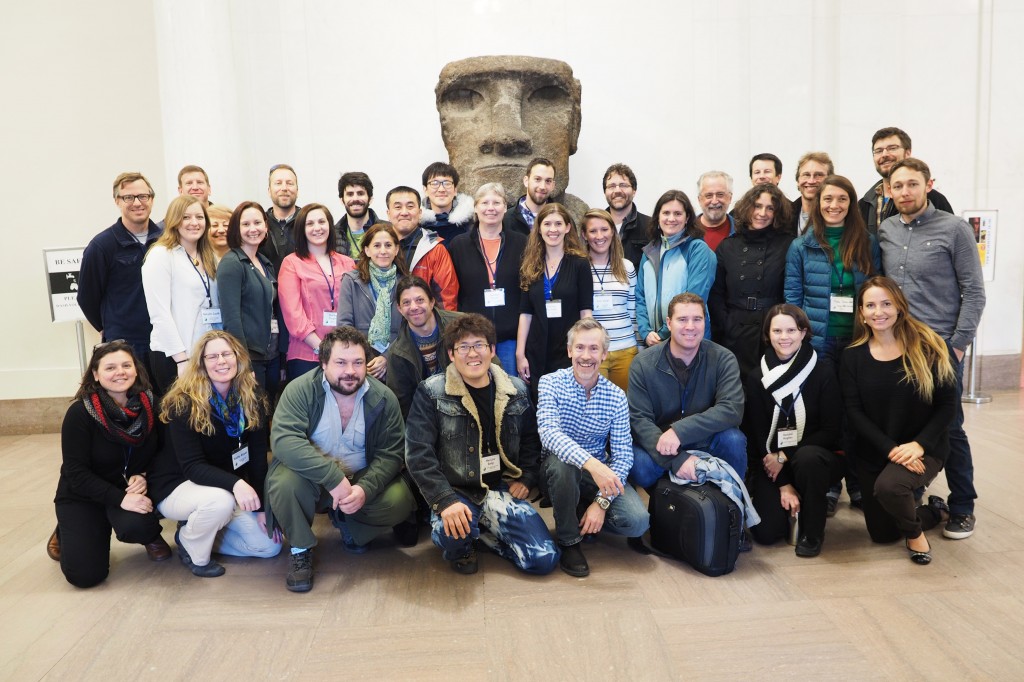
The ZEN 2014 working group conference at the Smithsonian Museum of Natural History in Washington DC, USA
This working group meeting was supported by The Zostera Experimental Network (NSF OCE-1031061 and OCE-1336206) and the Smithsonian Institution.
This meeting also marked the first trip to the USA for several of the conference attendees, and we were very excited to show off our nation’s capital. We are very grateful to the Smithsonian staff who helped with the logistics of the meeting, which included organizing a special welcome reception at the Smithsonian Castle and a special behind the scenes tour of the collections. We may be marine ecologists, but seeing a triceratops skull, sloth dung, and mammoth fur (along with a 3-d printer model of an active dig site) up close was a real treat!
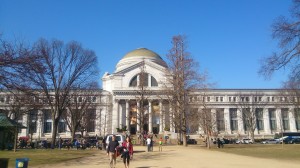
ZEN partners met at the Smithsonian Museum of Natural History in March 2014 to discuss past, current and future seagrass ecology research by the network
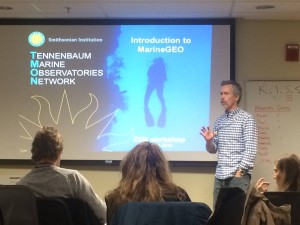
Dr. Emmett Duffy also discussed TMON – the Smithsonian Tennenbaum Marine Observatories Network – program with the ZEN partners
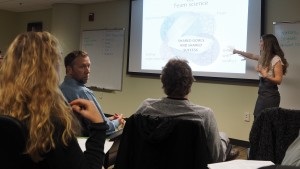
During the meeting Pamela discussed the importance of leveraging team science for the ZEN program. She will be leading a special session on this topic at the annual Ecological Society of America meeting in Sacramento this August.
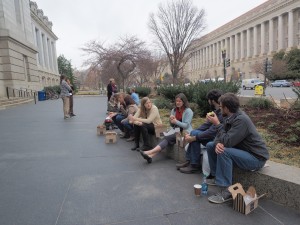
We couldn’t get enough science during the 4-day conference and even spent the lunch breaks discussing research plans
Photos contributed by Jonas Thormar, Paul Richardson, Massa Nakaoka, and Pamela Reynolds.
Seagrasses in Europe – the COST Action Meeting
 by Pamela Reynolds (ZEN postdoc and coordinator)
by Pamela Reynolds (ZEN postdoc and coordinator)
This month I had the exciting opportunity to present research from the ZEN program for a keynote talk at the final European Cooperation in Science and Technology (aka COST) Action ES0906 on “Seagrass Productivity: From Genes to Ecosystem Management” conference in Olhão, Portugal. The conference, which focused on the results from the COST network partners, discussed the threats, responses and management of seagrasses in Europe. (See here for the conference program.) Engaging with European seagrass biologists was a real treat! Dr. Carlos Duarte discussed not only how seagrasses may be affected by climate change, but how they may help mitigate the impacts of rising sea levels, atmospheric carbon, and storm events.Dr. Jeanine Olsen presented emerging results from the Zostera genome project and gave an overview of the use of genetics and genomics in the management of seagrass ecosystems. Dr. Rui Santos, the conference organizer, gave an overview of the past several years of research by the COST action (which was very impressive!), and the only other American at the conference, Dr. Mark Fonseca, spoke at the close of the meeting on current seagrass restoration and its future.
In between these keynote talks researchers from almost every European country spoke on their work in seagrasses – from genes and the microbiome to the community and the landscape. While I related most to the talks on eelgrass, I thoroughly enjoyed those on the other species of seagrasses – from the long lived Posidonia in the Mediterranean to the intertidal Zostera look alike, Cymodocea – and I was even able to visit some of these other seagrasses out in the field! Local ZEN partner Aschwin Engelen took me on a tour of the Centre of Marine Sciences (CCMAR) marine lab, followed by a hike to local seagrass and intertidal field sites along the Ria (lagoon) and coast. While we weren’t able to see the dinosaur footprints along the cliffs (they are seasonally covered in sand), I did catch a few amphipods on some scrubby Dictyota algae among the tidepools. Aschwin, his colleagues, and family made me feel right at home and I thoroughly enjoyed my visit – both for the stimulating science and the beautiful countryside.
The next generation of ZEN!
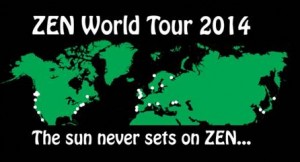 We are excited to announce that the Zostera Experimental Network has been funded by a Biological Oceanography grant at the National Science Foundation through summer 2016. In the next generation of the ZEN program we are expanding from 15 to over 50 sites worldwide in our quest to understand the role of biodiversity and the environment on the functioning of coastal ecosystems. As we move toward publishing the initial research from the first phase of the ZEN program, we are also planning the upcoming fieldwork which will take place across the globe. It is a very busy, but exciting time for ZEN! Check back for more updates throughout the ZENScience website as we launch this new phase of the project.
We are excited to announce that the Zostera Experimental Network has been funded by a Biological Oceanography grant at the National Science Foundation through summer 2016. In the next generation of the ZEN program we are expanding from 15 to over 50 sites worldwide in our quest to understand the role of biodiversity and the environment on the functioning of coastal ecosystems. As we move toward publishing the initial research from the first phase of the ZEN program, we are also planning the upcoming fieldwork which will take place across the globe. It is a very busy, but exciting time for ZEN! Check back for more updates throughout the ZENScience website as we launch this new phase of the project.
ZEN meetup at CERF 2013
by Pamela Reynolds (ZEN Coordinator)
It was great to meet up with many of the ZEN partners at the Coastal and Estuarine Research Federation meeting earlier this week. Researchers from the Sweden, Finland, northern and southern Japan, North Carolina, Virginia, and San Francisco sites gave talks on their research, on topics ranging from seagrass resilience and restoration to shoreline stabilization and blue carbon in estuarine habitats. It was great to hear about the other dimensions of our collaborators’ research programs. The conference also featured dynamic plenary sessions on sea level rise, ocean acidification, eutrophication and species invasions. I look forward to the next CERF in Portland, Oregon USA in 2015.
Toward resilient coasts and estuaries
by Pamela Reynolds (ZEN coordinator)
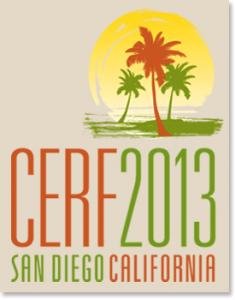 The biennial Coastal and Estuarine Research Federation (CERF) conference is coming up next month in San Diego, CA. The ZEN research ties closely to this year’s conference theme – Toward Resilient Coasts and Estuaries, Science for Sustainable Solutions. I’ll be presenting the latest with ZEN, and other ZEN partners and grad students will be there talking about their research. This is my first time attending a CERF meeting and I’m excited to see what it has in store. Expect a recap post later in November, and I hope to see you there!
The biennial Coastal and Estuarine Research Federation (CERF) conference is coming up next month in San Diego, CA. The ZEN research ties closely to this year’s conference theme – Toward Resilient Coasts and Estuaries, Science for Sustainable Solutions. I’ll be presenting the latest with ZEN, and other ZEN partners and grad students will be there talking about their research. This is my first time attending a CERF meeting and I’m excited to see what it has in store. Expect a recap post later in November, and I hope to see you there!
A swim down memory lane
by Pamela Reynolds (ZEN coordinator)
The past several months we’ve been entrenched in finishing processing the experimental samples, analyzing data and writing up the results. This is a big switch from our constantly on the go routine during field season, and gives us time to reflect on what an amazing past two years we’ve had with ZEN. In that vein, I’ve dug up two pre-blog posts, quick little snippets I wrote back in the summer of 2011 before we launched the ZENscience.org website.
August 2011: Fieldwork Happens
Out in the field, the one thing I dread most isn’t encountering sharks in the murky water, seeing lightning streak overhead, or being pursued by voracious horseflies. Nope – it’s Murphy’s Law. We’ve all experienced it. A perfectly planned experimental setup can go from a well rehearsed orchestra to utter cacophony in a split second simply because someone forgot to bring scissors or dropped the ruler overboard, or a rogue wave made off with a pencil.
In our case, after placing and pounding 320 poles in the water we realized that our once lovely Zostera bed is now overgrown with Ruppia, a different type of seagrass. In our defense, the seagrass in the clearer water near the approach to the site was, in fact, Zostera. Murphy rears his ugly head, once again. How to deal with the mishap? Remove the poles, all 320 of them, call a few colleagues to find a new site, borrow a boat, and start over. This time everyone knew the drill and the setup went exceedingly smoothly. And, in the process we all learned how to distinguish the three local types of seagrass (Zostera, Ruppia, Halodule) by touch alone in the murky water. Turning Murphy into an educational experience – now that’s science! Having a team of graduate and undergraduate students who keep smiling? Priceless.
[Update: While I still despise coming up short on cable ties in the field, getting caught out on the water during a thunderstorm has quickly risen to fear #1. See the "Science is electric" blog post from 2012 to find out why.]
April 2011: When it absolutely, positively has to be there overnight
In preparing for ZEN the VIMS team became well versed in navigating international shipping. One of the things we learned early on was that customs agents are often quite literal. For instance, “300 blocks of 120 mL hardened dental plaster” can be translated into medical equipment and is subject to high tariffs. Doesn’t matter that the plaster has already been hardened and can’t be used to make casts of someone’s teeth – it’s all in the product description. And being vague isn’t much help either. Some countries want to know the composite materials of a t-shirt or line items of every ingredient in the dog food we used as fish bait, while for others the phrase “for education/research, not for resale” is sufficient. We are expecting that to some extent each country will have unique mesograzer assemblages and ecological interactions – why should we assume their import/export process to be the same?
[Update: I wrote this after a week of playing phone tag and emailing with shipping and customs agents to get our packages cleared and on their way to our international partners. Ultimately everything went through and there were no major delays or disruption of our partners' field schedules. Lesson learned? Leave at least a 3 week shipping allowance for international projects. And, keep UPS on speed dial!]
ESA 2013
by Pamela Reynolds (ZEN Coordinator)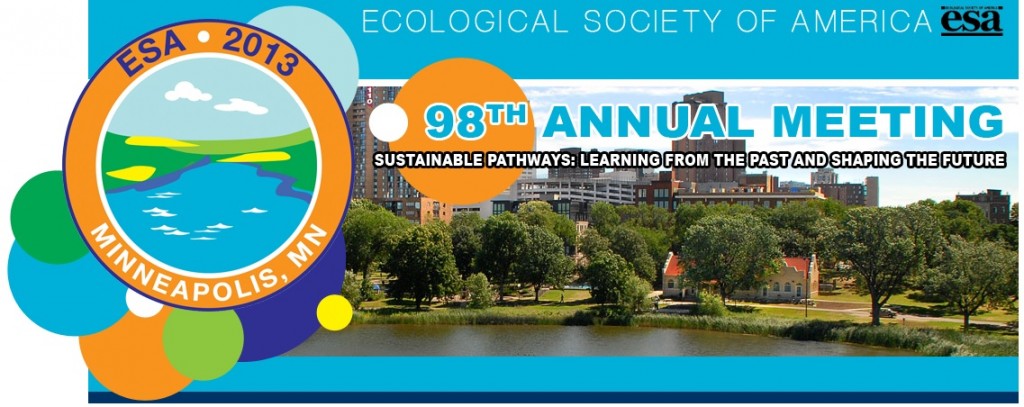
In August I attended the 2013 Ecological Society of America Meeting in Minneapolis, where I gave a research talk on the ZEN project and participated in a special session “At the Hub: Lessons Learned by Early-career Ecologists in Grassroots Research Networks” organized by Eric Lind of Nutrient Network (NutNet) and Cayelan Carey of the Global Lakes Ecological Observatory Network (GLEON) who focus on ecological research networks in terrestrial and freshwater habitats. Along with other early career panelists, I discussed the benefits, and difficulties of conducting ecological research at large, interconnected scales. Although ZEN is funded by a NSF grant, the research relies heavily on contributions from the individual research site teams and operates similarly to a grassroots model, featuring networks of motivated and locally-funded scientists collaborating on a common set of questions. It was great to hear from the other panelists from the National Phenology Network (NPN) and Smithsonian, as well as interact with the audience including members of other networks such as ERN to discuss the nitty gritty of doing networked science and education. I’m still compiling my notes from the session, but once finished I will post the highlights here along with other feedback and common questions from the meeting.
At the conference I also met up with some of the ZEN team. Mary O’Connor, from the ZEN Vancouver site, along with Klemens Eriksson and Serena Donadi from the Netherlands and Rebecca Best from Bodega Bay, CA. All gave presentations on their research projects, ranging from metabolic theory to functional diversity and the role of foundation species in structuring marine habitats.
Kayaking in the Archipelago Sea
by Paul Richardson (VIMS technician)
The weather is beginning to warm here in Virginia, which means that soon I will be able to dust off my kayak and take it for a paddle in the nearby York River. The last time I went kayaking was over the summer when I was in in Finland. While there I was fortunate to have two wonderful and very hospitable neighbors in Korpoström, Heidi Arponen and Kevin O’Brien, who work for the Finnish Forestry Service known as Metsähallitus (Finnish), or Forststyrelsen (Swedish). In addition to taking me to lunch, having me for dinner and sharing many cups of tea, Heidi also invited me to go sea kayaking in the Baltic on her her SKUK Explorer. It was amazing. Heidi and Kevin mounted a GoPro camera on the front of my boat so that I can share the experience here. The GoPro took a still every 5 seconds. I hope you enjoy this virtual tour of the Baltic.
I’m a GRAZER baby…
by Pamela Reynolds (ZEN Coordinator)
As a small token of our appreciation for the hard work of all of the ZEN partners (past, present and future!), we present:
“GRAZER”. Turn up the volume and enjoy!
This film is, as everything in ZEN, a collaborative production and we very much appreciate the contributions of all of the ZEN participants. Lyrics were written by Paul Richardson, editing by undergraduate Conor MacDonnell, and lyrics by undergraduate Nick Penthorne. The film features cameos by Emmett Duffy and others in the Marine Biodiversity Lab at VIMS, as well as chorus refrains from many of the ZEN sites (watch the film all the way to the end so you don’t miss this!). The film premiered along with a select few other films on the big screen at the Beneath the Waves Film Festival at the Benthic Ecology Meeting last week in Savannah, GA. Enjoy!

